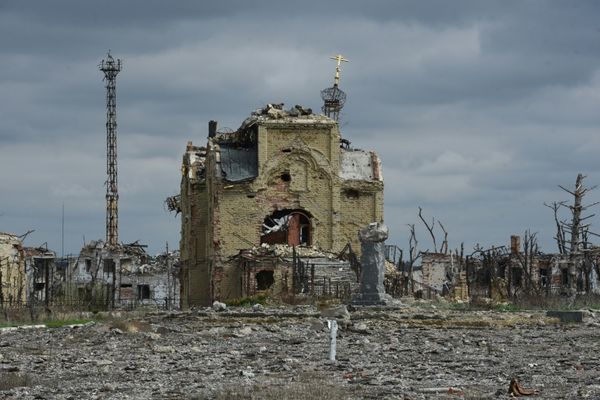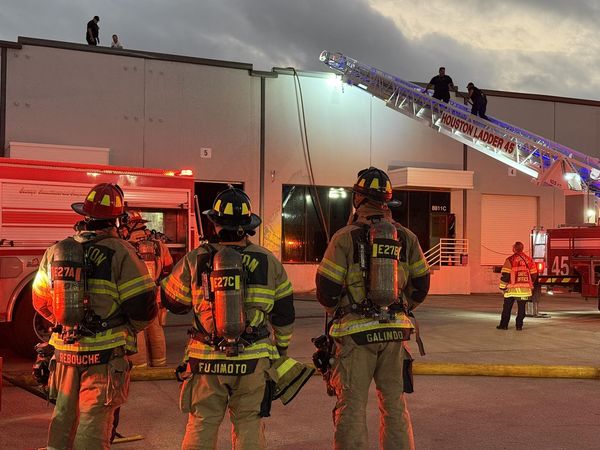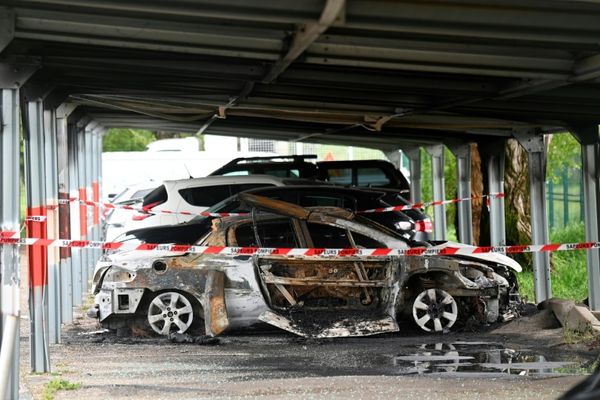
- Academic journal Nature published a paper outlining the gaps in America's public charging infrastructure down to the state and county levels.
- The study says that Tesla can help slash millions in federal funding for building EV chargers by making its network access universal.
- Tesla has the largest and the most reliable charging network in the U.S. It is gradually opening access to its Superchargers for non-Tesla EVs.
The electric vehicle charging infrastructure in the U.S. is growing, but charging deserts continue to exist, especially in the rural heartland of America and non-coastal states.
A study published in the academic journal Nature (first reported by Axios) in January outlines how federal funding for EV chargers can help connect most rural counties with reliable charging stations to make road-tripping in an EV easier. Crucially, the study explains how Tesla can help make this process more efficient.
“If the Tesla charging network becomes universally accessible (by adding Magic Docks), it could result in 500 fewer fast charging stations needed (compared to 1,900 needed in 2023) to provide full consecutive coverage along [Alternative Fuel Corridors], saving $166 to $332 million in NEVI program funding,” the study notes.
It’s safe to say that Tesla is already doing what the study mentions, at least in some capacity. Last year, it started offering Supercharger access to some non-Tesla EVs with an adapter. Most new EVs in the U.S. are expected to come with the Tesla port from the factory in the coming years. In 2023, Tesla started offering Magic Dock stations (which are fitted with CCS-to-NACS adapters), though they make up a tiny percentage of the overall network. Rolling out more of those stations—which also have long cables to reach non-Tesla charging ports—would be a huge boost.
In 2021, the U.S. government approved the National Electric Vehicle Infrastructure (NEVI) program, part of the Bipartisan Infrastructure Law. It allocated $5 billion to build a reliable fast-charging network along key highway traffic corridors in the U.S. with a frequency of at least 50 miles to make finding chargers easy.
Due to bureaucratic red tape and lengthy permitting processes, the program's rollout has been slow. But progress is underway nonetheless. Some $3.3 billion have been passed on to states, according to EVStates.org. The states have awarded contracts worth $511 million to charging companies to build out the stations according to NEVI guidelines.

President Trump froze the unallocated NEVI funds through an executive order last week. That has thrown both states and charging companies in a tough spot, leaving them uncertain about how the rollout is supposed to continue. Some states have vowed to continue building chargers, while others have paused their programs.
Assuming the NEVI program forges ahead as planned, it would help shrink the charging deserts in the U.S. And if Tesla can help the federal government cut charging-related costs, it would give CEO Elon Musk some bragging rights. As the chair of the meme-inspired Department of Government Efficiency, Musk has pledged to reduce “wasteful spending."
The study also makes a compelling case for the NEVI program and shows how it could transform the charging landscape in the U.S. by the end of the decade.
It uses a metric called “consecutive coverage,” which measures the percentage of National Highway System (NHS) roads with consecutively accessible charging stations within 500 miles of each starting county. These corridors would have at least four DC fast chargers (both NACS and CCS) within one mile of the highway at least every 50 miles as per NEVI guidelines.

If NEVI went ahead as planned, the Northeast, California, Nevada, and Arizona would all have above 95% coverage. The coverage of charging stations would increase by between 20% and 94% from today's averages, depending on the state.
California would grow the least because its 2023 fast charger coverage is already 79%. North Dakota, for example, would reach just 60% coverage, followed by South Dakota (74%), Arkansas (79%), and Texas (79%), the study states. That's less than ideal, but much better than the charging network those states currently have.
But NEVI is just one piece of the puzzle. It won’t fix all of America’s charging woes. That will require a sustained public-private collaboration for years to come—without the policy interruptions that we're currently witnessing. Only then can we hope that finding a fast, reliable charger will be as easy as pulling up to a gas station.
Have a tip? Contact the author: suvrat.kothari@insideevs.com







